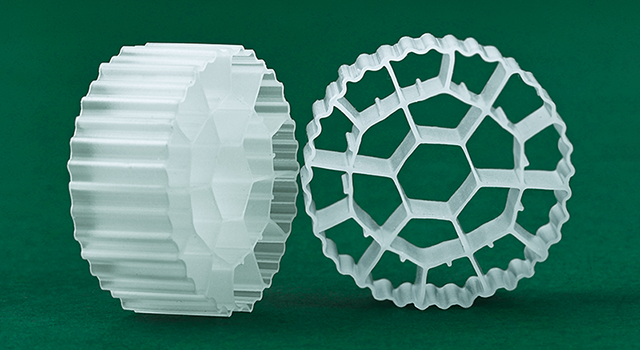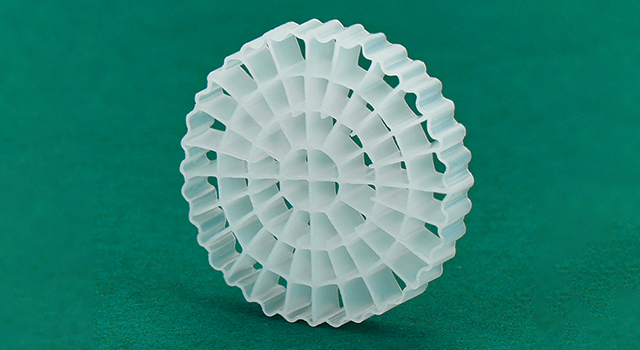Complex Composition:
Hospital wastewater contains a wide range of contaminants, including organic matter, pathogens (bacteria, viruses, and parasites), pharmaceuticals (antibiotics, cytostatic drugs, disinfectants, etc.), heavy metals (such as mercury from dental amalgam waste), and radiological substances from diagnostic and therapeutic activities.
High Microbial Load:
It has a higher concentration of pathogenic microorganisms compared to domestic wastewater, due to the presence of human and surgical waste, making it a potential source of disease transmission.
Variable Flow And Load:
The flow rate and pollutant load can vary significantly depending on the size of the hospital, the type of services offered (e.g., outpatient vs. inpatient care, types of surgeries), and the time of day.
Presence Of Antibiotic-Resistant Bacteria:
Hospital wastewater is a known reservoir for antibiotic-resistant bacteria and genes, due to the widespread use of antibiotics in healthcare settings. This poses a significant challenge for wastewater treatment and public health.



















